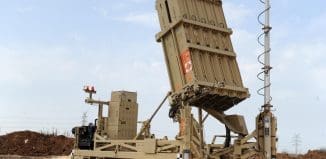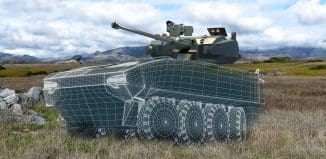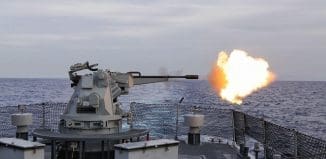Small, smart anti-artillery missile – the changing nature of war
This post is also available in:  עברית (Hebrew)
עברית (Hebrew)
War in the Middle East is changing, one example of this change being the use of the accurate Spike missiles by the IDF against Syrian army outposts.

The Spike missiles, also known as Tamuz in Israel, are in fact a group of related missiles with different ranges. It was developed by Rafael, and has already been purchased by a few armed forces around the world.
The missiles have an effective range of 25 kilometers. Their crews can adjust their course after the launch using an on-board electro-optic sensor, ensuring an accurate hit.
The IDF decided to produce the missiles after analyzing its failures during the Yom Kippur War. The Agranat Commission concluded that the IDF must develop anti-tank and anti-missile capabilities against the armored forces and artillery of the Arab armies. As relatively small-scale terror attacks intensified, however, the missile was adjusted for targets such as Hezbollah outposts in southern Lebanon or Qassam launching units in the Gaza Strip. A new, smaller warhead gave the Spike the ability to neutralize small targets, such as a terrorists launching Qassam rockets, with much less collateral damage.

The Spike first saw large-scale use during the Second Lebanon War in 2006. More than 600 missiles were launched, most of them to support ground troops. While the missile is very accurate, its main advantages over air strikes are mobility and availability. The missiles are launched from APCs, their crews joining ground units and supporting them throughout the fighting. Unlike air strikes they are constantly available. To aim the missile the Spike operator teams use data gathered from many sources, including observation teams, other recon units, intelligence gathered before the battle and surveillance data gathered by aircraft.
The Spike missiles are part of the IDF reforms that led to the use of smart, accurate weapons, able to accurately hit a target while causing little collateral damage.






























